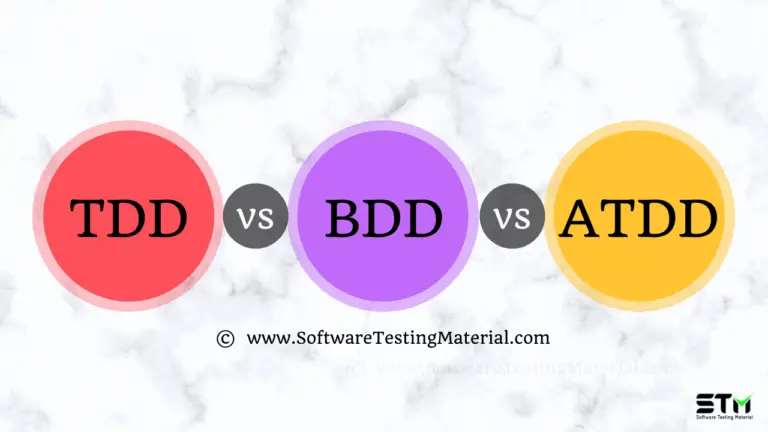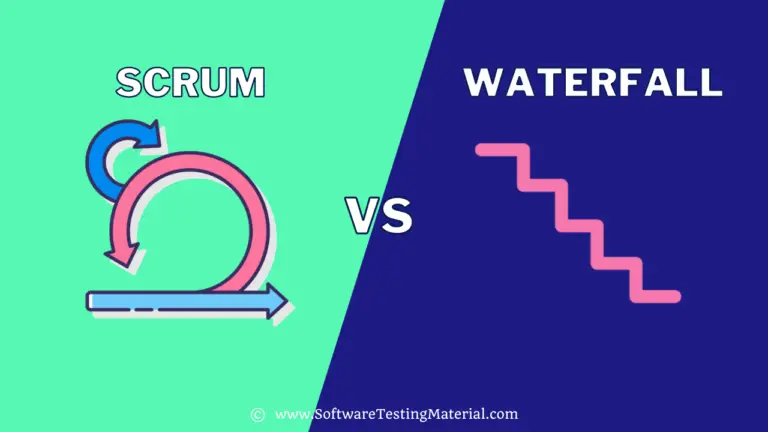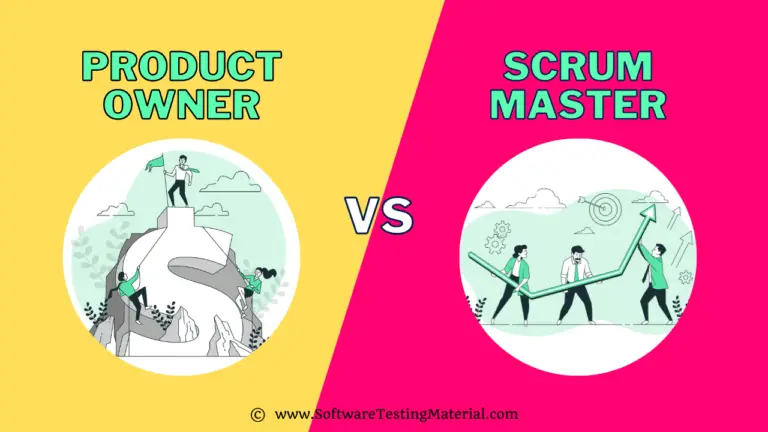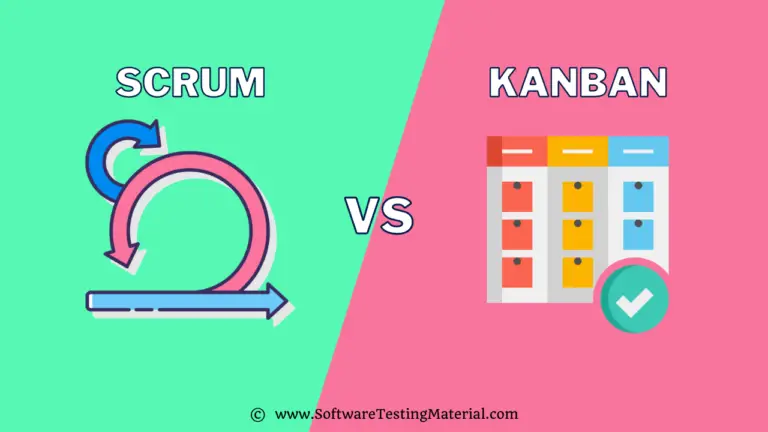Agile vs Kanban: Everything You Need To Know
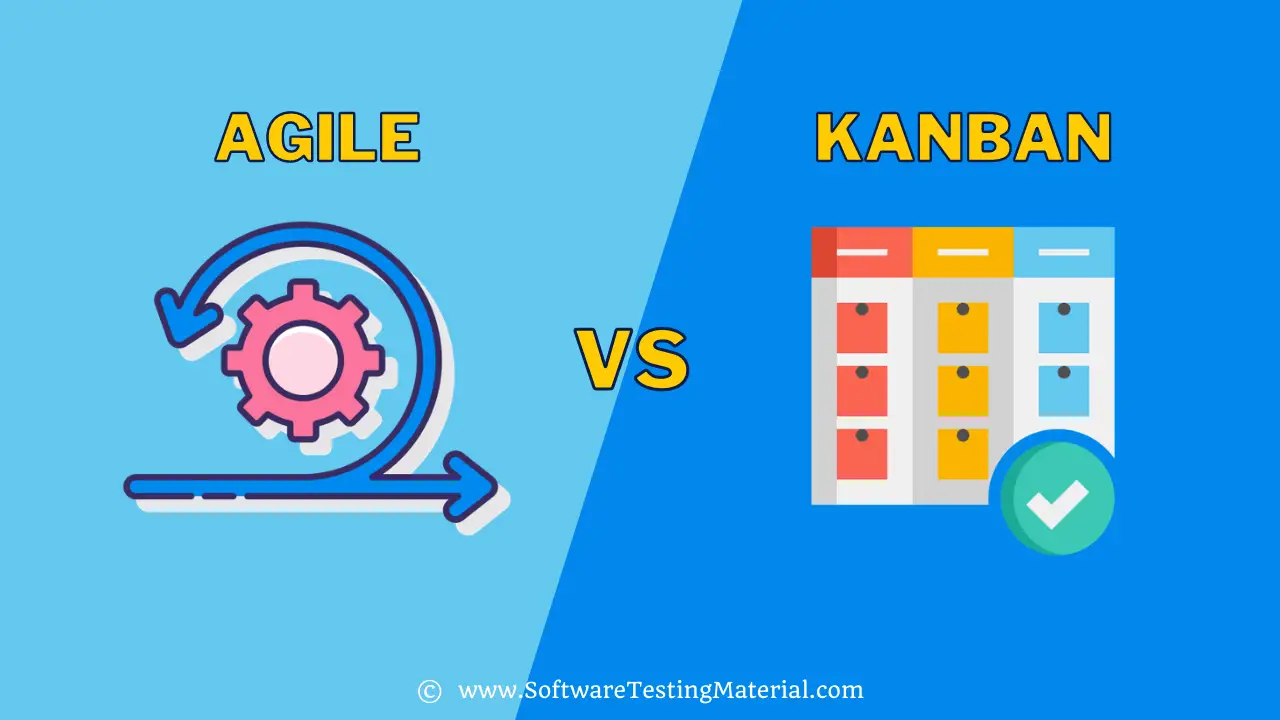
In the previous article, we learned the difference between Agile and Scrum, and in today’s article, we are going to learn the difference between Agile vs Kanban and also the following
With close to a dozen new technologies and concepts coming up every now and then in the market and keeping up with the same is truly a daunting task. But what definitely helps is to understand the difference between them and then apply them to practical use.
Keeping this in mind, let us understand the difference between two widely used concepts in the software industry. Read on below to understand the key difference between Agile and Kanban.
What is Agile?
Agile is an incremental and iterative approach to project management and software development that aims to deliver a software product as quickly and efficiently as possible with fewer headaches.
Must Read: Agile Principles
What is Kanban?
Kanban is a workflow management system used to implement Agile and DevOps software development. The aim of Kanban is to allows us to start with our existing workflow and drive evolutionary changes to maximize efficiency, and improve continuously.
What is the difference between Agile & Kanban?
| Parameter | Agile | Kanban |
|---|---|---|
| Definition | Agile is a superset, within which comes various other project management methodologies with additional differences between them. However, agile is a term used to describe a project management methodology. The core objective of Agile is to break down large complex projects into smaller yet manageable chunks of tasks. | Kanban is a methodology that is Agile in nature. When in the Kanban process, from software development to staffing to marketing to sales to procurement and etc, everything is gradually improved. To follow a certain set of principles in order to manage and improve the flow of work as well as incorporate changes on the go is what Kanban all about. |
| Principles/ Events | Principles within agile differ from one methodology to another, which will be practically put to use to handle the project. The key point to note here is, in agile, keeping communication as the key, allows Iterative Development. | The set of principles that we mentioned above are as follows: ● Visualize Work ● Limit work in process ● Focus on flow ● Continuous improvement |
| Usage/ Board | In agile, support for visually checking the work in progress is not available. | The work done by the team is calculated by tracking the process flow while maintaining the number of work-in-progress activities, in addition to this, Kanban allows visually checking the work in progress. |
| Owners | When talking about agile, since it is a superset, depending upon the type of project management methodology, the position of the owner occurs. | The kanban board necessarily doesn’t need to be owned by a specific team. This is because the Kanban board is all about workflow. |
| Due Dates / Delivery Timelines | For Agile, the team works towards the delivery of the working system anywhere between 15 days to one month. So the main purpose is to limit the timescale. | In Kanban, the due dates are determined by the business as and when needed. For delivery, products and processes are aimed to be delivered continuously on an as-needed basis. The measure of production in Kanban is by using cycle time. In other words, the exact time to complete one full piece of a project. |
| Delegation & Prioritization | Since it is Agile, there is a systematic workflow that is followed. This allows the team to select and work on the new tasks once the previous tasks are completed. Delegation and Prioritization further depend on the type of methodologies that are used ti implement Agile. | Kanban as well uses a “pull system,” but may operate slightly differently. |
| Modifications / Changes | Considered as one of the top advantages of using agile is that it’s easy to accommodate and accept changes at any time during the project. With shorter planning cycles, the team always has an opportunity to refine and reprioritize the backlog. Additionally, it helps the teams to introduce changes to the project within a short span of time. | Allows for changes to be made to a project mid-stream, allowing for iterations and continuous improvement prior to the completion of a project. |
| Best Applications | Agile acts as a beneficial strategy for projects where the final goal is not set. Considering the progress of the project, the development can follow and adapt to the same. This again happens as per the requirements of the product owner. | The Kanban acts best for the teams with projects that specifically come with widely-varying priorities. In order to use Kanban to its full potential, it is wise to use it for the customer demands that have a regular and steady output. However, major changes in customer demand can lead to failure. |
| Pros | A few of the pros of using Agile are listed as follows, ● In shorter planning cycles accommodating changes during any time of the project, is not difficult. ● Since the teams regularly communicate with each other, people are able to take responsibility and own parts of the projects. ● Having constructive feedback from users and team members provides useful lessons and enhances future iterations in all terms. | A few of the pros of using kanban are listed as follows, ● Thanks to the visual nature of Kanban, as it helps the team members vastly to accomplish their goals. ● Using the Kanban method, focus on continuous improvement, productivity, and efficiency is achieved within the team. |
| Cons | In agile, meetings like sprint planning can take up the scrum teams’ time. | An outdated Kanban board may lead to issues in the development process. Also if any of the team members have to exit during development, it may hurt the project development. |
Related Posts:
- Scrum vs Kanban: Everything You Need To Know
- Agile Vs. Scrum: Everything You Need To Know
- Agile Scrum Methodology In Software Development
- Top 30 Agile Testing Interview Questions


